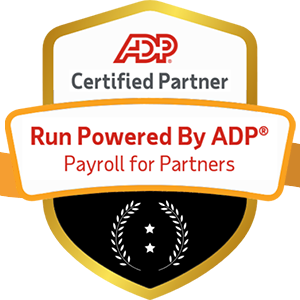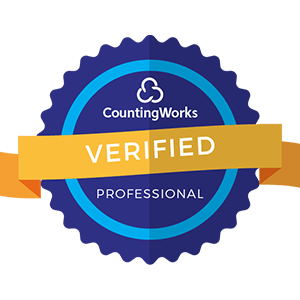
Payroll analytics plays a crucial role in streamlining cash flow and improving a business’s profitability. The ill-conceived notion that payroll analytics is only for large corporations is far from the truth. Small businesses can also embrace payroll analytics to propel them to greater heights.
Payroll analytics gives much-needed insight into payroll data and how to apply the data to boost profitability and streamline operations. Using data analytic tools, payroll analytics is a massive improvement from traditional, paper-bound payroll analysis. However, like traditional payroll, HR professionals remain responsible for all matters of payroll analytics.
That said, keeping tabs on crucial analytics metrics is imperative to helping you understand economic and HR trends for making proper financial decisions. Today, we’ll be highlighting crucial figures and metrics HR professionals should track for seamless payroll analytics.
It’s important to ensure your company is in line with all the federal government's guidelines on minimum wage and overtime. However, it’s worth noting that some employees are exempt from these guidelines. Examples of such employees include managers, professionals, and executives in the company.
A crucial part of compliance is separating exempt from non-exempt employees. For instance, make sure no blue-collar worker is exempt; all blue-collar workers are exempt and eligible for overtime. Managers and other executives should not have overtime.
Put everything in order, so you don’t underpay or overpay some employees. Doing so also ensures you remain in good bocks with federal agencies.
It’s not uncommon for businesses to underbudget for their labor costs. This can lead to a host of problems when it’s time to pay up. Keeping a keen eye on your budget will help you sidestep issues with payroll further along the line.
You need to match your production rates with labor costs so that business operations translate into actual profits. What’s more, failing to pay your employees regularly may demotivate them and make them move to your competitor.
Monitoring attendance and absenteeism is a major component of payroll performance analytics. Keeping track of attendance will give you crucial insights into employee patterns. You might discover that most sick days cluster towards the holiday season.
As of 2020, the average employee absence rate in the US was approximately 3%. Anything above that could be detrimental to your business. Tracking attendance will help clamp down on rampant absenteeism in the workplace.
That said, tracking attendance also lets you identify workers who don’t take full advantage of their vacation time and off days. Remember, breaks help retain motivation and lets your employees recharge for work. You can’t force your employees to take off days, but you can convince them to do so.
Your turnover directly correlates to your employees’ loyalty and morale. Happy and motivated employees work hard, which translates to a high turnover. The opposite is true for frustrated and dispirited employees.
Checking your turnover helps you identify the source of your employees' lack of enthusiasm. It could be a disrespectful supervisor or poor work conditions. Regardless of the cause, analyzing turnover will help develop strategies and policies to make things better.
How much does it cost your company to keep payroll services and operations up and running? If you’re like most companies, the answer is probably a lot of money. However, streamlining and eliminating some inefficient processes could help reduce your payroll budget.
To understand your payroll costs, you need to identify elements that contribute to the payroll process. Here are a few elements that may contribute to your payroll:
Clearly, monitoring payroll costs involves looking at more than a few aspects of your company’s budget. Consider using one of the multiple payroll analytics tools to help you out. Identify all your processes and get rid of all the inefficient ones or try to improve them.
Companies are always looking to attract some fresh talent to join their workforce. Your hiring and recruitment process is what determines whether you’ll get the right people for vacant positions. It’s also an integral part of the payroll process.
Pay close attention to your company’s application and interviewing process. Also, ensure new staff members get proper orientation for a smooth transition into your company. Make sure you enter every new employee in the payroll system for timely and complete payments.
Productivity is crucial to the efficiency and effectiveness of your payroll process. You need to first look at productivity as a whole, then investigate individual employees later on. So how do you measure productivity?
To measure productivity, you have to look at how many staff members each payroll employee services. The lower the number, the higher the productivity. Apart from this ratio, also look at the following to gauge your productivity:
Besides productivity, it’s also important to measure the effectiveness of your processes. Effectiveness is a measure of whether your payroll processes achieve the desired results within the specified time. A few indicators of effectiveness include:
Effectiveness and productivity mostly go hand in hand; a productive payroll department is also effective. Consider adopting technology and automation tools to make your increase productivity and effectiveness. You can never go wrong with a proper HRMS solution.
The above information on how to manage payroll for HR professionals should make payroll a breeze for you. Ensure you keep track of the above items for a seamless payroll process and ultimate profitability. Don’t forget to incorporate an HRMS solution for the best results.
Request a consultation today, and we’ll see how we can improve your payroll processes.


